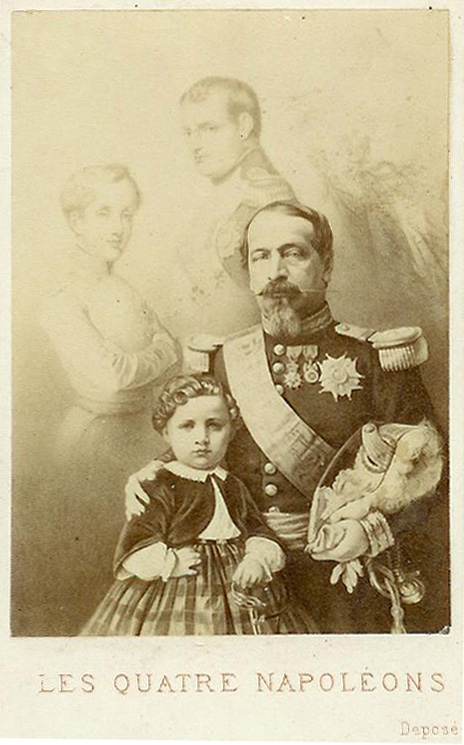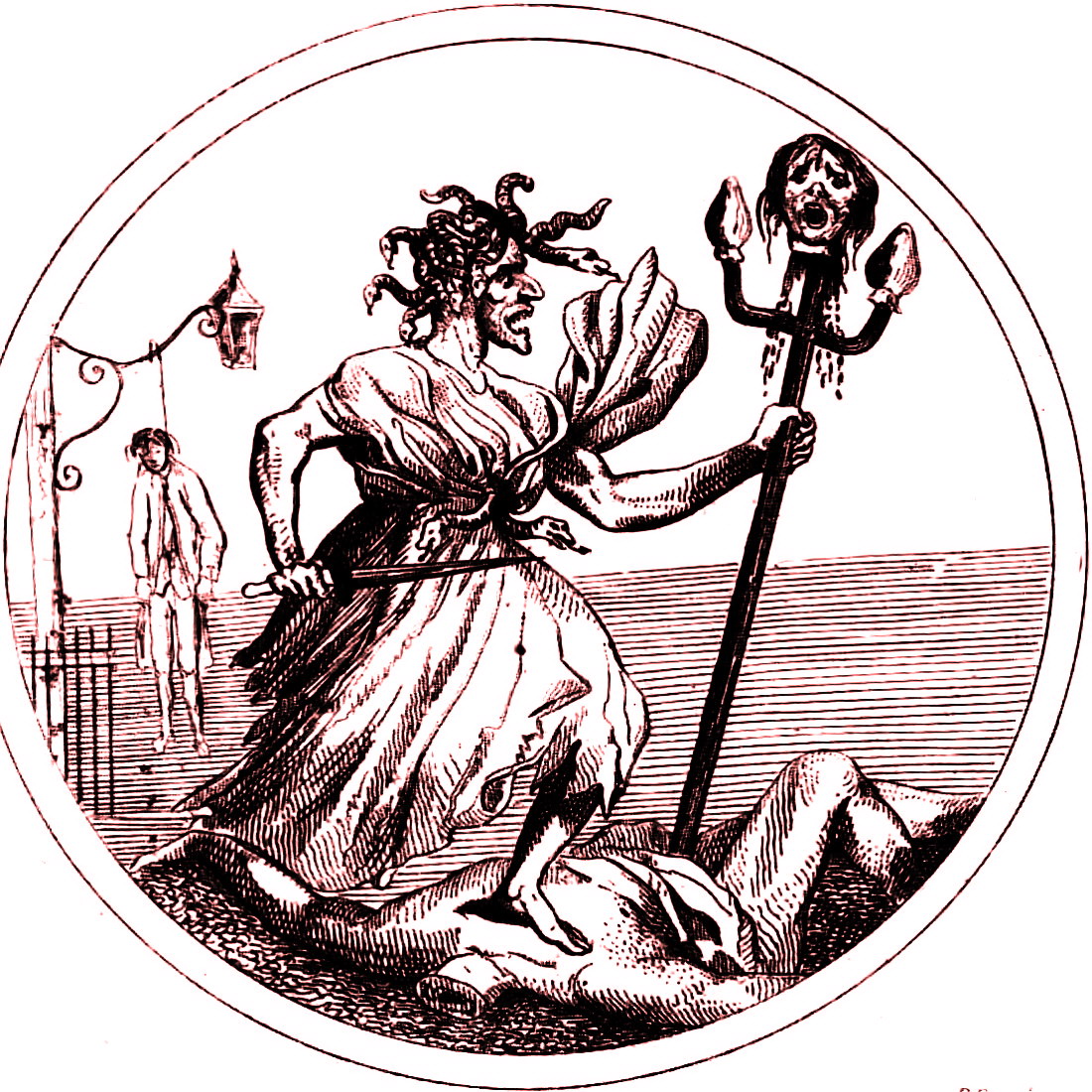|
Pierre-Clément De Laussat
Pierre-Clément de Laussat (; 23 November 1756 – 10 April 1835) was a French politician, and the 24th Colonial Governor of Louisiana, the last under French rule. He later served as colonial official in Martinique and French Guiana, as well as an administrator in France and Antwerp. Biography Laussat was born in the town of Pau. After serving as ''receveur général des finances'' in Pau and Bayonne from 1784 to 1789, he was imprisoned during the Terror, but was released and recruited in the ''armée des Pyrénées''. On April 17, 1797, he was elected to the Council of Ancients. After the coup of 18 Brumaire, he entered the Tribunat on December 25, 1798. He was appointed by the soon-to-be Emperor Napoleon Bonaparte to be colonial prefect (sort of governor, a high-ranked position in the French administration newly created by Napoleon that still exist to this day) of Louisiana in August 1802 and arrived in the colony on March 26, 1803. In his procolomation introducing ... [...More Info...] [...Related Items...] OR: [Wikipedia] [Google] [Baidu] |
Andres Molinary
Andres Molinary (1847–1915) was an artist, art teacher, restorer and photographer who painted for most of his career in New Orleans, Louisiana.Judith H. Bonner, New Encyclopedia of Southern Culture Vol. 21, Art and Literature. His works were prominently displayed in New Orleans during his career, with exhibitions at th Southern Art Union the World's Industrial and Cotton Centennial Exposition, and th [...More Info...] [...Related Items...] OR: [Wikipedia] [Google] [Baidu] |
Flag Of France (1814–1830)
The national flag of France (french: link=no, drapeau français) is a tricolour featuring three vertical bands coloured blue ( hoist side), white, and red. It is known to English speakers as the ''Tricolour'' (), although the flag of Ireland and others are also so known. The design was adopted after the French Revolution; while not the first tricolour, it became one of the most influential flags in history. The tricolour scheme was later adopted by many other nations in Europe and elsewhere, and, according to the ''Encyclopædia Britannica'' has historically stood "in symbolic opposition to the autocratic and clericalist royal standards of the past". Before the tricolour was adopted the royal government used many flags, the best known being a blue shield and gold fleur-de-lis (the Royal Arms of France) on a white background, or state flag. Early in the French Revolution, the Paris militia, which played a prominent role in the storming of the Bastille, wore a cockade of blue ... [...More Info...] [...Related Items...] OR: [Wikipedia] [Google] [Baidu] |
Louisiana (New France)
Louisiana (french: La Louisiane; ''La Louisiane Française'') or French Louisiana was an administrative district of New France. Under French control from 1682 to 1769 and 1801 (nominally) to 1803, the area was named in honor of King Louis XIV, by French explorer René-Robert Cavelier, Sieur de la Salle. It originally covered an expansive territory that included most of the drainage basin of the Mississippi River and stretched from the Great Lakes to the Gulf of Mexico and from the Appalachian Mountains to the Rocky Mountains. Louisiana included two regions, now known as Upper Louisiana (), which began north of the Arkansas River, and ''Lower Louisiana'' (). The U.S. state of Louisiana is named for the historical region, although it is only a small part of the vast lands claimed by France.La Louisiane française 1682-1803 ... [...More Info...] [...Related Items...] OR: [Wikipedia] [Google] [Baidu] |
Prefect
Prefect (from the Latin ''praefectus'', substantive adjectival form of ''praeficere'': "put in front", meaning in charge) is a magisterial title of varying definition, but essentially refers to the leader of an administrative area. A prefect's office, department, or area of control is called a prefecture, but in various post-Roman empire cases there is a prefect without a prefecture or ''vice versa''. The words "prefect" and "prefecture" are also used, more or less conventionally, to render analogous words in other languages, especially Romance languages. Ancient Rome ''Praefectus'' was the formal title of many, fairly low to high-ranking officials in ancient Rome, whose authority was not embodied in their person (as it was with elected Magistrates) but conferred by delegation from a higher authority. They did have some authority in their prefecture such as controlling prisons and in civil administration. Feudal times Especially in Medieval Latin, ''præfectus'' was used to r ... [...More Info...] [...Related Items...] OR: [Wikipedia] [Google] [Baidu] |
Emperor Of The French
Emperor of the French ( French: ''Empereur des Français'') was the title of the monarch and supreme ruler of the First and the Second French Empires. Details A title and office used by the House of Bonaparte starting when Napoleon was proclaimed Emperor on 18 May 1804 by the Senate and was crowned Emperor of the French on 2 December 1804 at the cathedral of Notre-Dame de Paris, in Paris, with the Crown of Napoleon. The title emphasized that the emperor ruled over "the French people" (the nation) and not over France (the state). The old formula of "King of France" indicated that the king owned France as a personal possession. The new term indicated a constitutional monarchy. The title was purposely created to preserve the appearance of the French Republic and to show that after the French Revolution, the feudal system was abandoned and a nation-state was created, with equal citizens as the subjects of their emperor. (After 1 January 1809, the state was officially referred to ... [...More Info...] [...Related Items...] OR: [Wikipedia] [Google] [Baidu] |
Proclamation Of Laussat To Louisiana
A proclamation (Lat. ''proclamare'', to make public by announcement) is an official declaration issued by a person of authority to make certain announcements known. Proclamations are currently used within the governing framework of some nations and are usually issued in the name of the head of state. A proclamation is (usually) a non-binding notice. A general distinction is made between official proclamations from states or state organs with a binding character and proclamations from political-social groups or organizations, both of which try to win over the mood of those addressed. In addition, the procedure of proclaiming the beginning of a rule over a certain ruling territory is called a proclamation. For example, on July 26, 1581, the Proclamation of Dutch Independence was signed which led to the creation of the Dutch Republic in 1588, formally recognized in 1648 by the Peace of Münster. The announcement of the intention to marry two people, the bidding, was referred to ... [...More Info...] [...Related Items...] OR: [Wikipedia] [Google] [Baidu] |
Tribunat
The was one of the four assemblies set up in France by the Constitution of Year VIII (the other three were the Council of State, the and the ). It was set up officially on 1 January 1800 at the same time as the . Its first president was the historian Pierre Daunou, whose independent spirit led to his dismissal from the post by Napoleon Bonaparte in 1802. The assumed some of the functions of the Council of Five Hundred, but its role consisted only of deliberating projected laws before their adoption by the , with the legislative initiative remaining with the Council of State. Elections As with elections to the Corps législatif, members of the Tribunat were not elected by direct universal suffrage. They were chosen via a complex process by the Senate from the "national lists of notables" ("listes nationales de notabilités") set up following a series of votes "en cascade" - the citizens would first elect "communal notables" from one tenth of their number, who would choose "dep ... [...More Info...] [...Related Items...] OR: [Wikipedia] [Google] [Baidu] |
Coup Of 18 Brumaire
The Coup d'état of 18 Brumaire brought Napoleon Bonaparte to power as First Consul of France. In the view of most historians, it ended the French Revolution and led to the Coronation of Napoleon as Emperor. This bloodless ''coup d'état'' overthrew the Directory, replacing it with the French Consulate. This occurred on 9 November 1799, which was 18 Brumaire, Year VIII under the short-lived French Republican calendar system. Context After Habsburg-controlled Austria declared war on France on 12 March 1799, emergency measures were adopted and the pro-war Jacobin faction triumphed in the April election. With Napoleon and the republic's best army engaged in the Egypt and Syria campaign, France suffered a series of reverses on the battlefield in the spring and summer of 1799. The Coup of 30 Prairial VII (18 June) ousted the Jacobins and left Emmanuel Joseph Sieyès, a member of the five-man ruling Directory, the dominant figure in the government. France's military situation impro ... [...More Info...] [...Related Items...] OR: [Wikipedia] [Google] [Baidu] |
Council Of Ancients
The Council of Ancients or Council of Elders (french: Conseil des Anciens) was the upper house of the French legislature under the Constitution of the Year III, during the period commonly known as the Directory (French: ''Directoire''), from 22 August 1795 until 9 November 1799, roughly the second half of the period generally referred to as the French Revolution. The Council of Ancients was the senior of the two-halves of the republican legislative system. The Ancients were 250 members who could accept or reject laws put forward by the lower house of the Directory, the Council of Five Hundred (''Conseil des Cinq-Cents''). Each member had to be at least forty years of age, and a third of them would be replaced annually. They had no authority to draft laws, but any bills that they renounced could not be reintroduced for at least a year. Besides functioning as a legislative body, the Ancients chose five Directors, who jointly held executive power, from the list of names put forwa ... [...More Info...] [...Related Items...] OR: [Wikipedia] [Google] [Baidu] |
Reign Of Terror
The Reign of Terror (french: link=no, la Terreur) was a period of the French Revolution when, following the creation of the First Republic, a series of massacres and numerous public executions took place in response to revolutionary fervour, anticlerical sentiment, and accusations of treason by the Committee of Public Safety. There is disagreement among historians over when exactly "the Terror" began. Some consider it to have begun only in 1793, giving the date as either 5 September, June or March, when the Revolutionary Tribunal came into existence. Others, however, cite the earlier time of the September Massacres in 1792, or even July 1789, when the first killing of the revolution occurred. The term "Terror" being used to describe the period was introduced by the Thermidorian Reaction who took power after the fall of Maximilien Robespierre in July 1794, to discredit Robespierre and justify their actions. Today there is consensus amongst historians that the exceptional revo ... [...More Info...] [...Related Items...] OR: [Wikipedia] [Google] [Baidu] |
Bayonne
Bayonne (; eu, Baiona ; oc, label= Gascon, Baiona ; es, Bayona) is a city in Southwestern France near the Spanish border. It is a commune and one of two subprefectures in the Pyrénées-Atlantiques department, in the Nouvelle-Aquitaine region. Bayonne is located at the confluence of the Nive and Adour rivers in the northern part of the cultural region of the Basque Country. It is the seat of the Communauté d'agglomération du Pays Basque which roughly encompasses the western half of Pyrénées-Atlantiques, including the coastal city of Biarritz. This area also constitutes the southern part of Gascony, where the Aquitaine Basin joins the beginning of the Pre-Pyrenees. Together with nearby Anglet, Biarritz, Saint-Jean-de-Luz, as well as several smaller communes, Bayonne forms an urban area with 273,137 inhabitants at the 2018 census; 51,411 residents lived in the commune of Bayonne proper. [...More Info...] [...Related Items...] OR: [Wikipedia] [Google] [Baidu] |
French Guiana
French Guiana ( or ; french: link=no, Guyane ; gcr, label=French Guianese Creole, Lagwiyann ) is an overseas departments and regions of France, overseas department/region and single territorial collectivity of France on the northern Atlantic Ocean, Atlantic coast of South America in the Guianas. It borders Brazil to the east and south and Suriname to the west. With a land area of , French Guiana is the second-largest Regions of France, region of France (more than one-seventh the size of Metropolitan France) and the largest Special member state territories and the European Union, outermost region within the European Union. It has a very low population density, with only . (Its population is less than that of Metropolitan France.) Half of its 294,436 inhabitants in 2022 lived in the metropolitan area of Cayenne, its Prefectures in France, capital. 98.9% of the land territory of French Guiana is covered by forests, a large part of which is Old-growth forest, primeval Tropical r ... [...More Info...] [...Related Items...] OR: [Wikipedia] [Google] [Baidu] |









